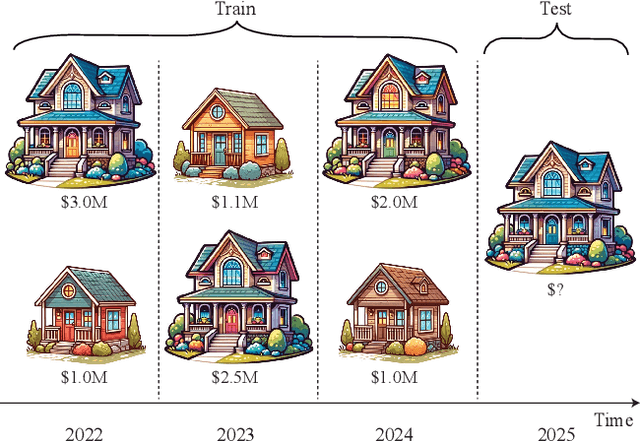Hossein Hajimirsadegh
Were RNNs All We Needed?
Oct 02, 2024



Abstract:The scalability limitations of Transformers regarding sequence length have renewed interest in recurrent sequence models that are parallelizable during training. As a result, many novel recurrent architectures, such as S4, Mamba, and Aaren, have been proposed that achieve comparable performance. In this work, we revisit traditional recurrent neural networks (RNNs) from over a decade ago: LSTMs (1997) and GRUs (2014). While these models were slow due to requiring to backpropagate through time (BPTT), we show that by removing their hidden state dependencies from their input, forget, and update gates, LSTMs and GRUs no longer need to BPTT and can be efficiently trained in parallel. Building on this, we introduce minimal versions (minLSTMs and minGRUs) that (1) use significantly fewer parameters than their traditional counterparts and (2) are fully parallelizable during training (175x faster for a sequence of length 512). Lastly, we show that these stripped-down versions of decade-old RNNs match the empirical performance of recent sequence models.
Prompting-based Efficient Temporal Domain Generalization
Oct 03, 2023



Abstract:Machine learning traditionally assumes that training and testing data are distributed independently and identically. However, in many real-world settings, the data distribution can shift over time, leading to poor generalization of trained models in future time periods. Our paper presents a novel prompting-based approach to temporal domain generalization that is parameter-efficient, time-efficient, and does not require access to the target domain data (i.e., unseen future time periods) during training. Our method adapts a target pre-trained model to temporal drift by learning global prompts, domain-specific prompts, and drift-aware prompts that capture underlying temporal dynamics. It is compatible across diverse tasks, such as classification, regression, and time series forecasting, and sets a new state-of-the-art benchmark in temporal domain generalization. The code repository will be publicly shared.
 Add to Chrome
Add to Chrome Add to Firefox
Add to Firefox Add to Edge
Add to Edge